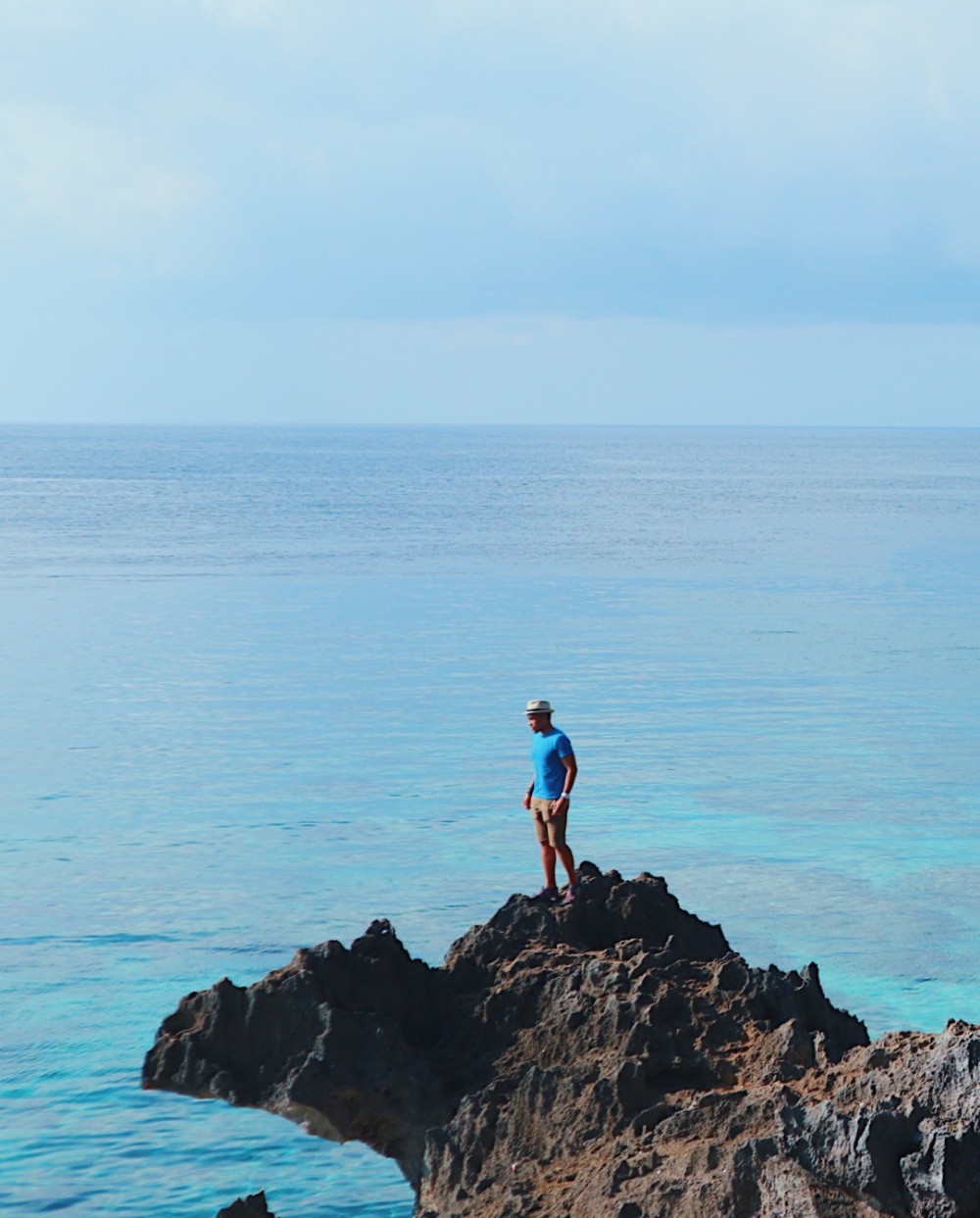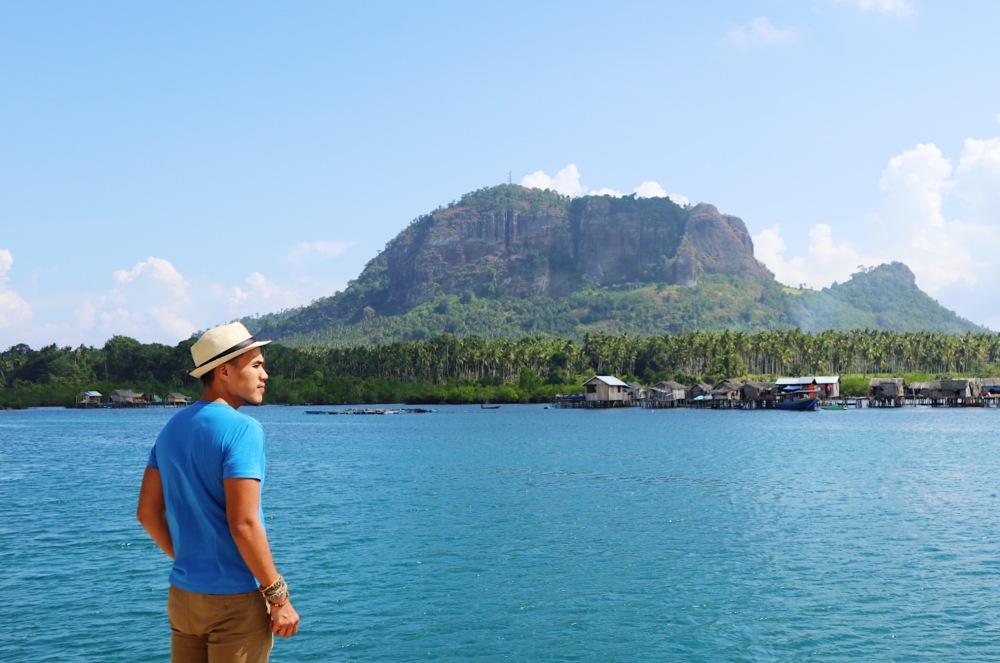
Sitting on the seas of Sulu and Celebes are far away islands that only some people have dared to visit: Tawi-Tawi. But recent statistics beg differently, as it has constantly been attracting visitors from all over the Philippines and the world. Very peaceful and astoundingly beautiful, Tawi-Tawi has so much to offer to those who want to wander and wonder.
This blog tackles the province of Tawi-Tawi, how you can go there, as well as what places you can explore and activities you can do while you are there. Contact details of the tourism officers and travel guides have also been provided. Remember that contacting them should be the first thing that you will do should you decide to go to Tawi-Tawi.
TAWI-TAWI
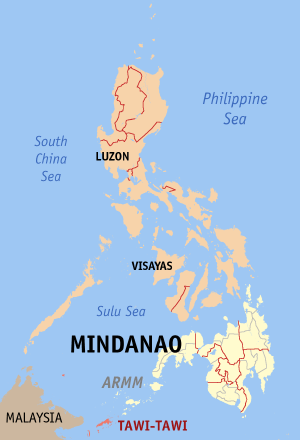
One of the five provinces under the Autonomous Region of Muslim Mindanao (ARMM), Tawi-Tawi is the southernmost province of the Philippines. Situated between the seas of Sulu and Celebes, Tawi-Tawi is an archipelagic province, consisting of the main island that is also called Tawi-Tawi, and other 106 islands and islets. Its capital is Bongao, where the province’s main airport, Sanga-Sanga Airport, is located.
Vast majority of the people in Tawi-Tawi belong to the Sama cultural group. Other groups in the province include the Tausug and the Bajau. It is fascinating that about 99% of the population are Muslims, which goes to show that this is one part of the Philippines that has not been at least mildly influenced by colonizers. This shows in their culture: distinct architecture, heritage and arts.
Agriculture (especially copra, root crops like cassava and rice), fishing and seaweed farming are the main sources of livelihood of the Tawi-Tawians.
HOW TO GO TO TAWI-TAWI:
- You can go here via plane. There are no direct flights to Tawi-Tawi from Manila that’s why you have to fly first to Zamboanga City before heading on to Tawi-Tawi. Cebu Pacific provides trips during Monday, Wednesday, Friday and Sunday, though at the last checking, they also fly to Tawi-Tawi during the rest of the week. Check their website for the specific schedule.
- You can also go here via ferry. From Zamboanga City, various ferries have daily trips going to and from Tawi-Tawi. This option might be cheaper, but is it definitely much longer. Our guide said that ferries traversing the sea going to Tawi-Tawi would first go to and come from Sulu.
THINGS TO REMEMBER BEFORE GOING TO TAWI-TAWI:
- Tawi-Tawi is a peaceful place! Of course, you have to coordinate with the tourism office before going here but you don’t have to worry or fear about your safety in this island province. Let’s remove that thinking, shall we?
- As mentioned, coordinate first with the tourism office before heading to Tawi-Tawi. Their contact details are provided below.
- While it’s good to travel solo here, it’s a lot better when you’re traveling with someone or with a group. Aside from the fact that you’ll be spending less if you’re not alone as expenses would be shared, isn’t it more fun if you do this “last frontier” trip with people you like and love? And mind you, going to faraway islands would more or less require renting of boats and such will cost much. For example, going and exploring Simunul Island and Panampangan Island would require renting a boat for the whole day. This already costs P8,000.
- Abide by their rules. Just like going anywhere in the country or the world, we’d have to honor their place and follow their rules, okay? Be a responsible traveler.
- Tawi-Tawians love spicy! So expect lots of spicy food around. Don’t worry, though, because they have other food choices that are not spicy.

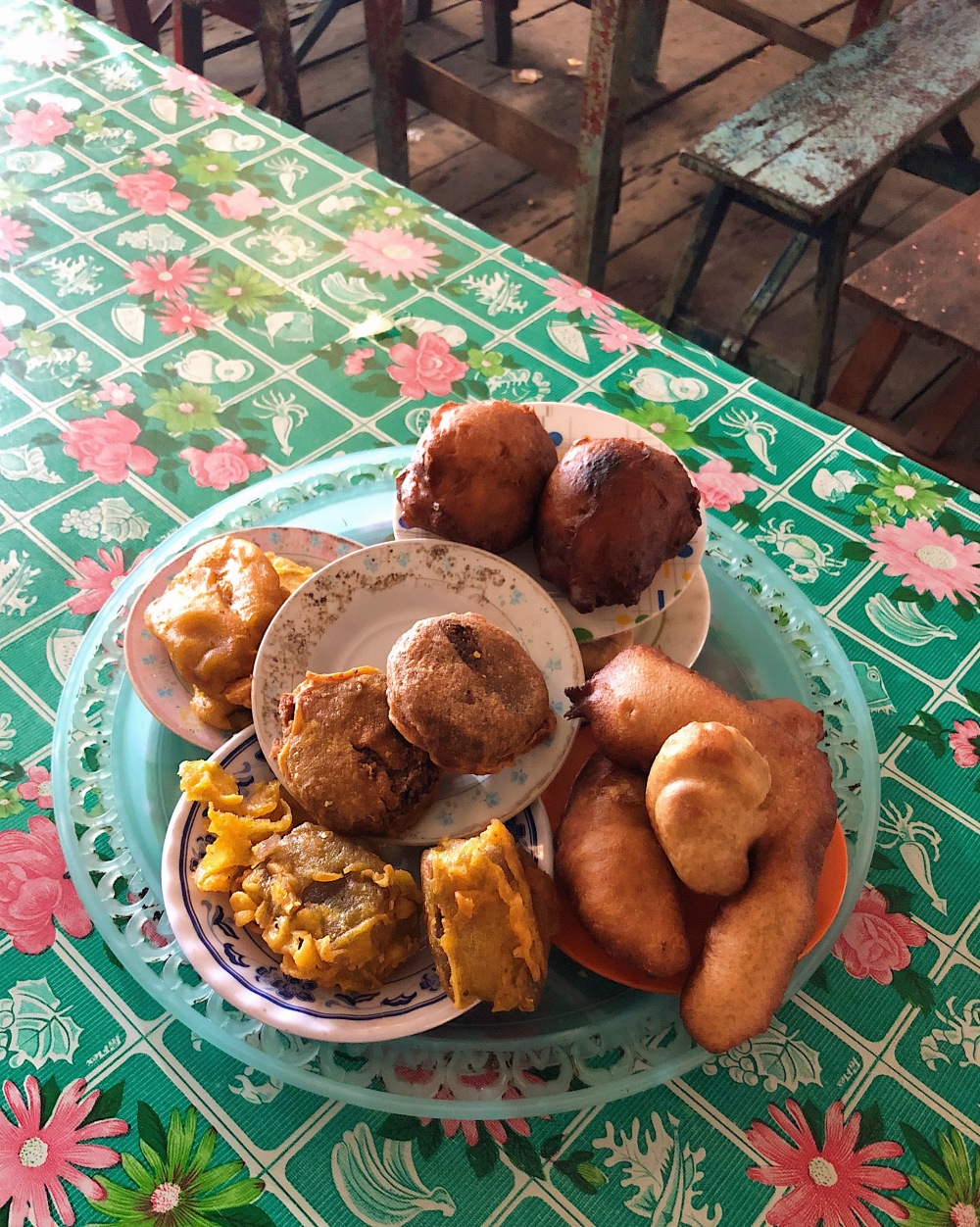
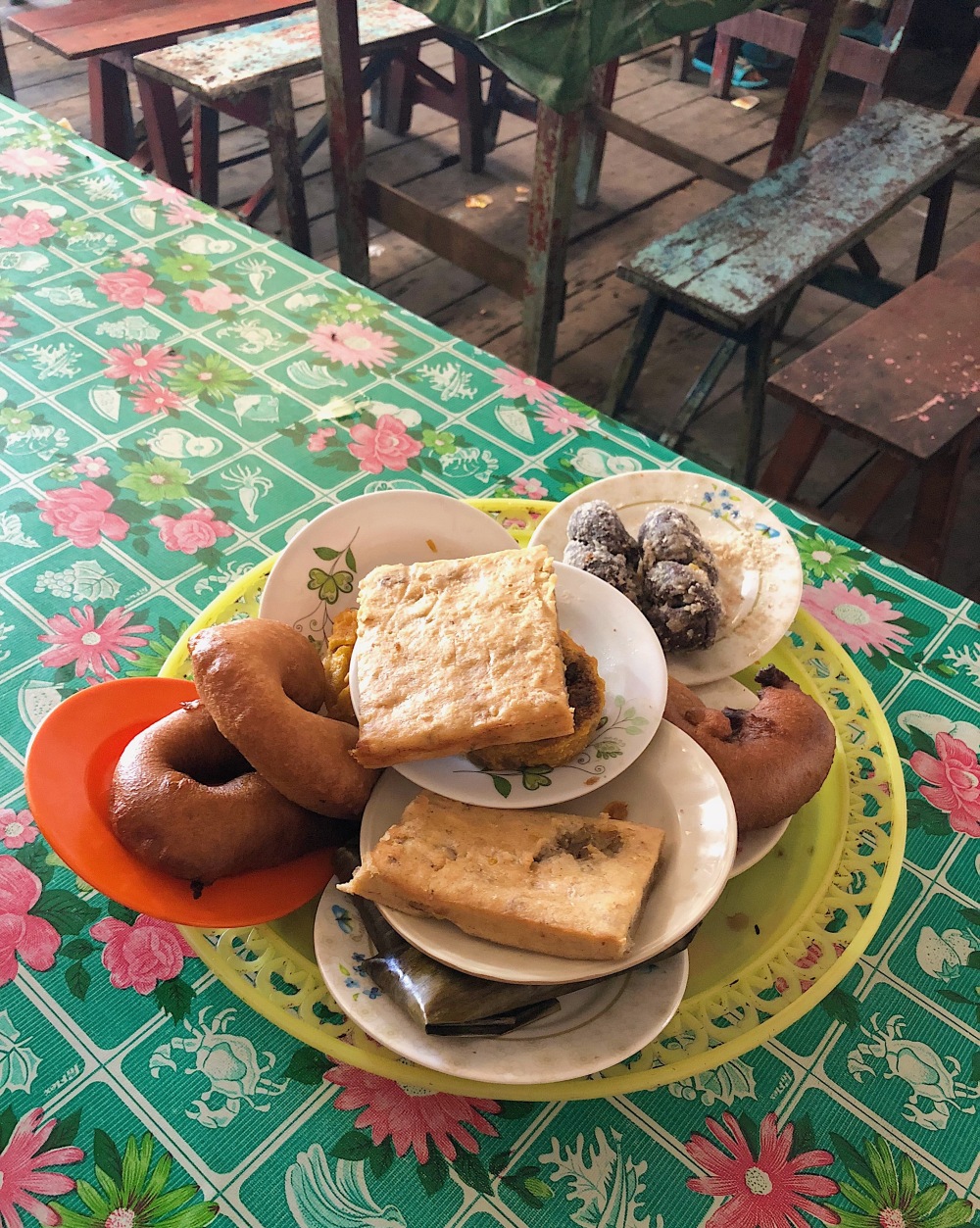
Now, let’s proceed to what you can explore in Tawi-Tawi!
WHAT TO EXPLORE:
For DAY 1, we spent our time exploring the provincial capital of Tawi-Tawi: Bongao. We got to experience their culture by going to their historical markets, coastal communities, structural wonders, ancient cultural sites as well as its topmost mountain. Let’s tackle them one by one below.
*Our travel during DAY 2 is presented in two separate blogs: the island of Simunul and the island of Panampangan.
BONGAO PUBLIC MARKET

Their market is pretty similar to the markets of Metro Manila. Busy and bustling, Bongao Public Market is where Tawi-Tawians go to buy their daily supply of fresh marine products, such as seaweeds, tuna, blue marlin and crabs.

Other meat and vegetables abound, as well as fruits like lanzones and durian. It is here where we got to buy our food for island hopping the next day of our trip, as well as our pasalubong.

The ancient port of the Chinese Pier is adjacent to the Bongao Public Market, and it is here where small wooden ferries and inter-island vessels serving Simunul, Sitangkai and other islands load and unload passengers. It is said that locals have called this pier “Old Chinese Pier” since the pre-Hispanic times.
BAJAU COMMUNITY IN LUUK BANCA
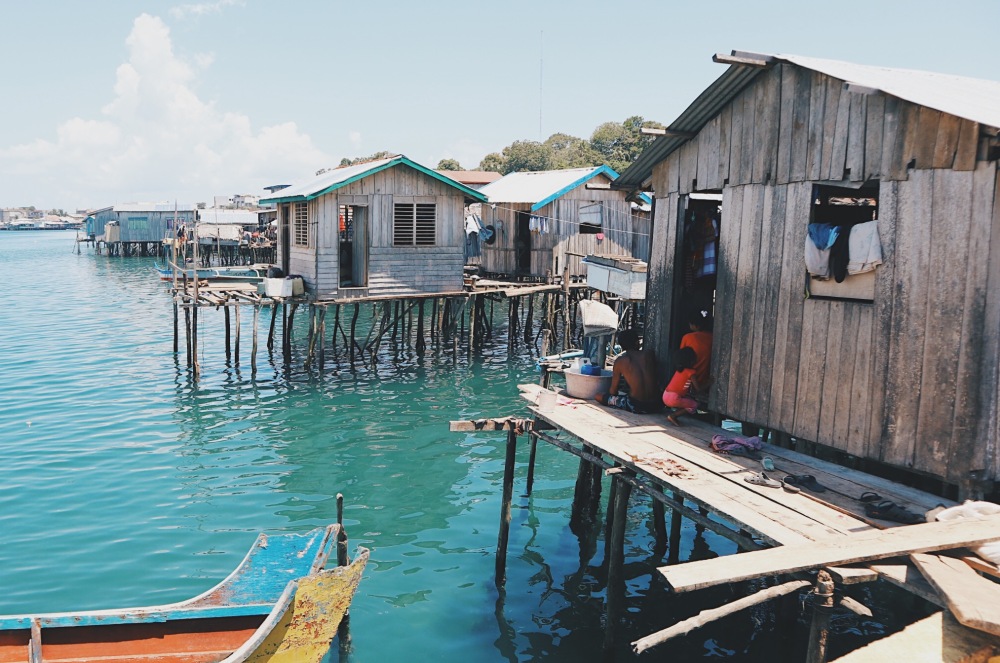
Badjaos are a group of people in Mindanao who live in stilt houses and earn a living mostly through fisheries and the like. When we visited, though, we got to learn more about their banig-weaving made by their magbabaluy (banig weavers). The master weavers make their traditional tepo handwoven mats from dried pandan leaves.
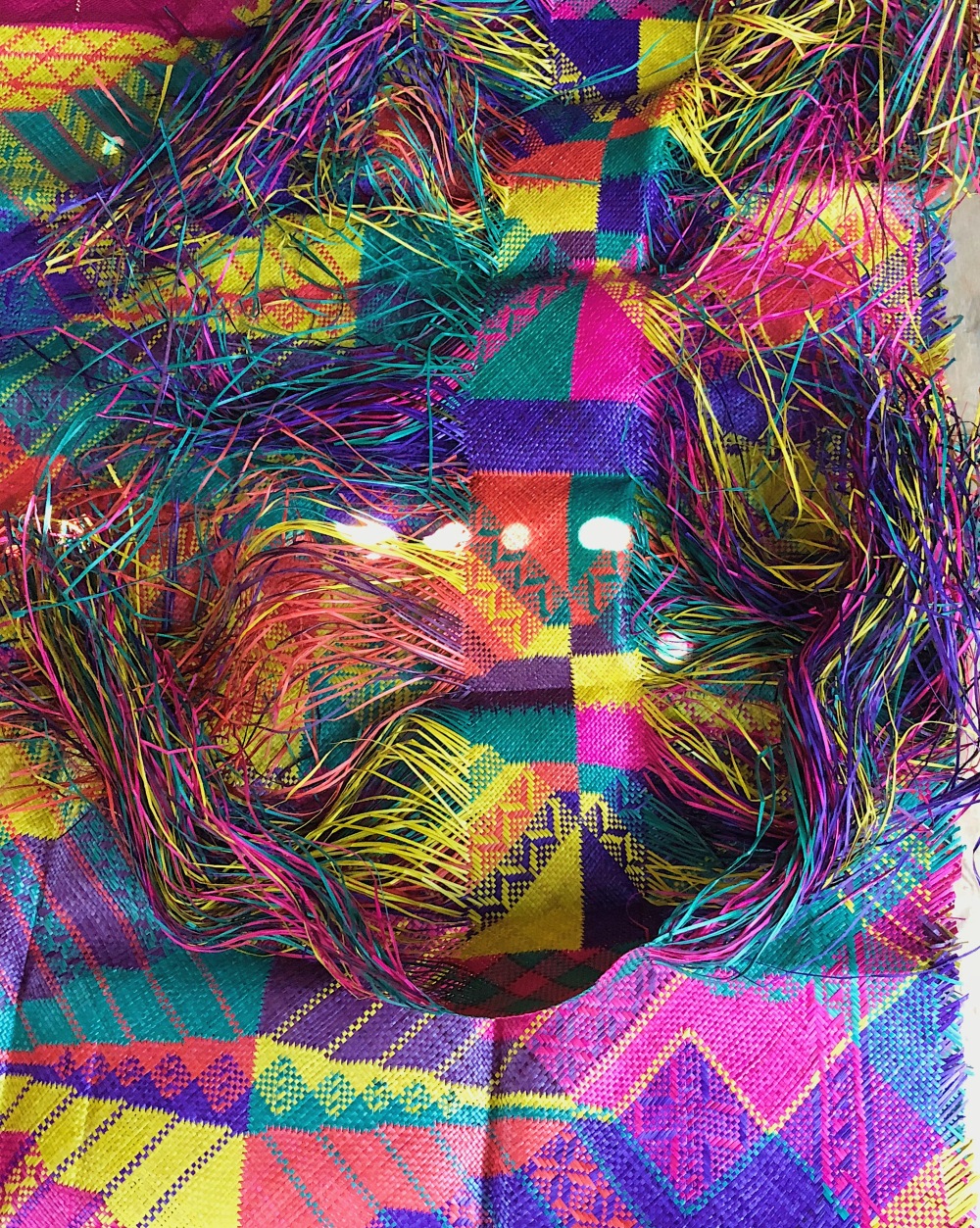
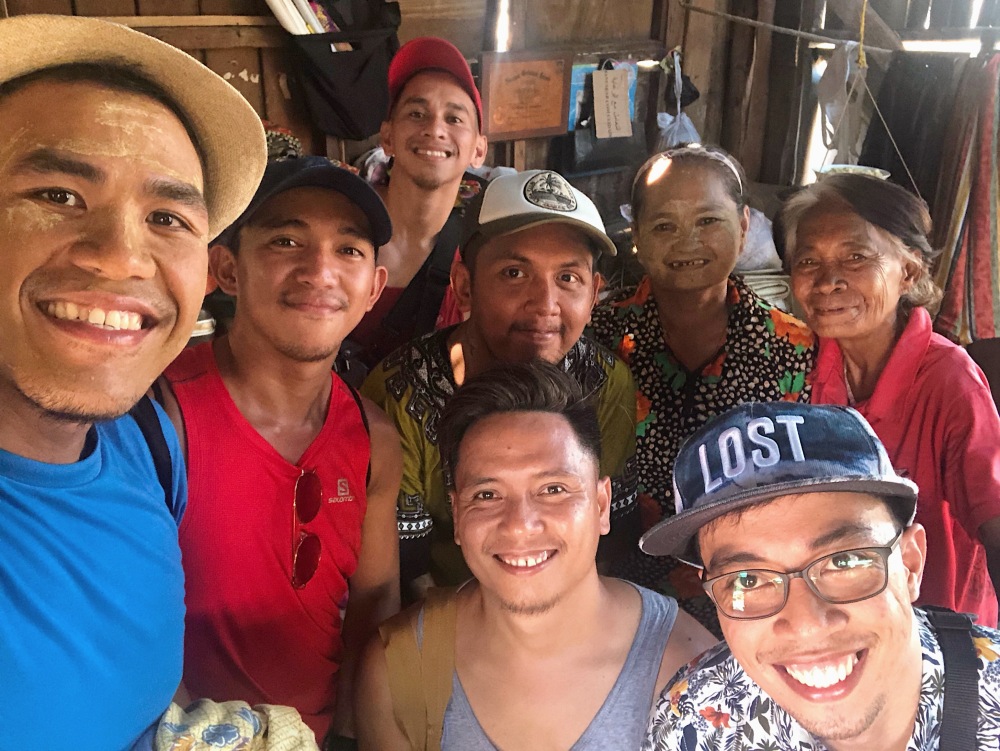
It was inside the house of two friendly, female Badjaos where we got to see and learn about this banig-weaving tradition. Nanay Sabilaida Likawani designs and weaves while Nanay Helen Salbayani does the lettering. It must be noted that Nanay Sabilaida wasn’t able to study (our guide said Badjao women are not encouraged to study but to stick to household activities when they marry at a young age). Nanay Helen, on the other hand, was able to study for a few years in Manila (UST High School for two years, vocational courses in a college in Manila).
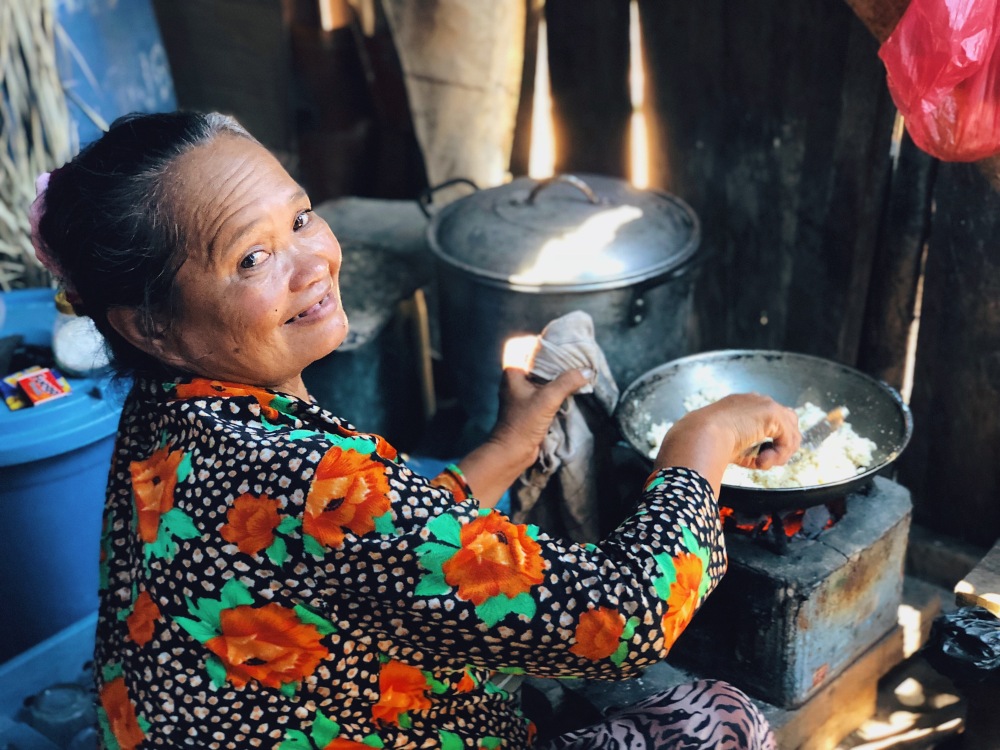
After a while, Nanay Sabilaida showed us how to make borak, a powdery paste made up of ground rice to protect the face from the sun. It is similar to the thanaka of the Burmese people. They asked us if we wanted to try it, and of course, I did! It has this cooling effect on the face, which is just perfect for the radiantly sunny weather of Tawi-Tawi.
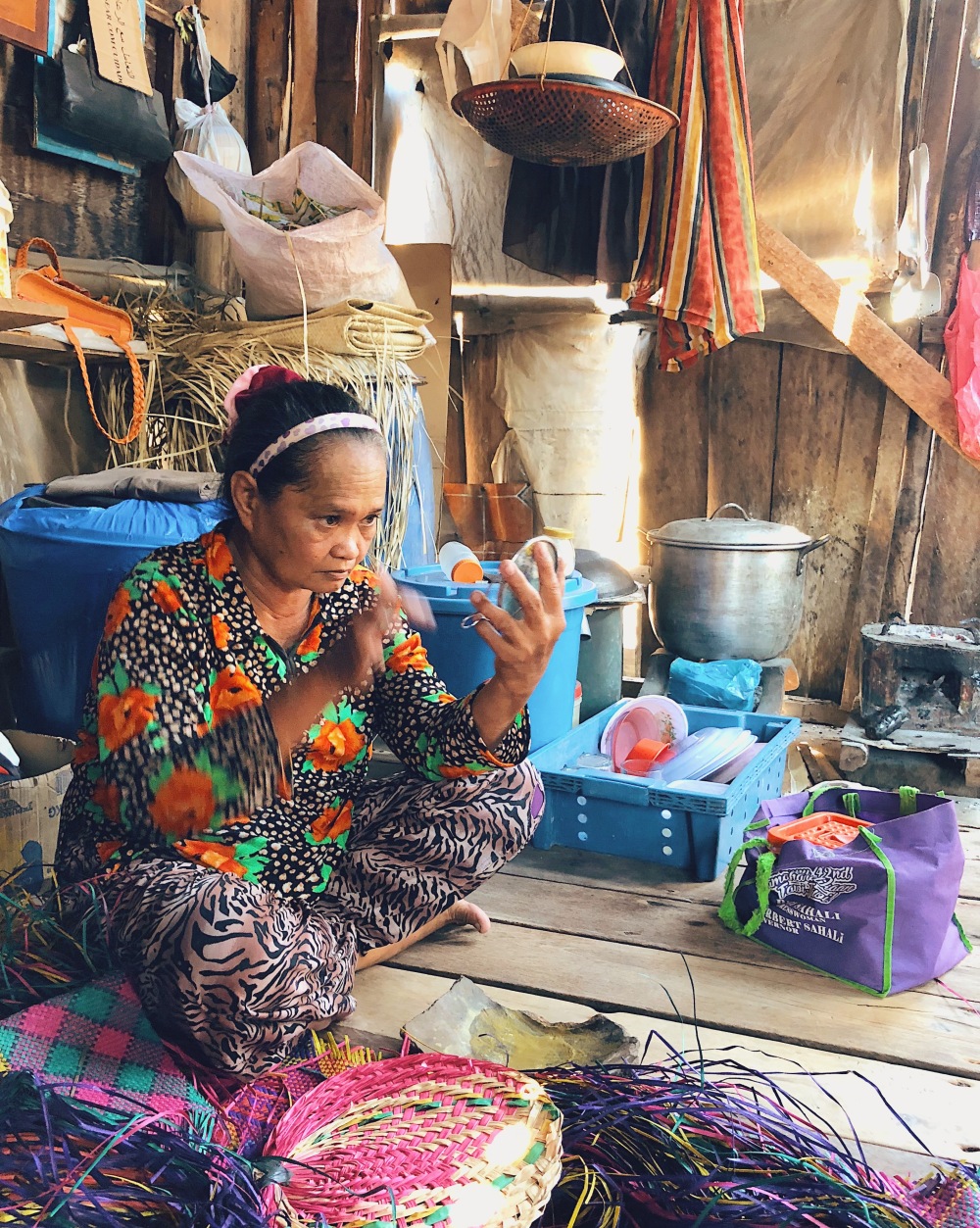
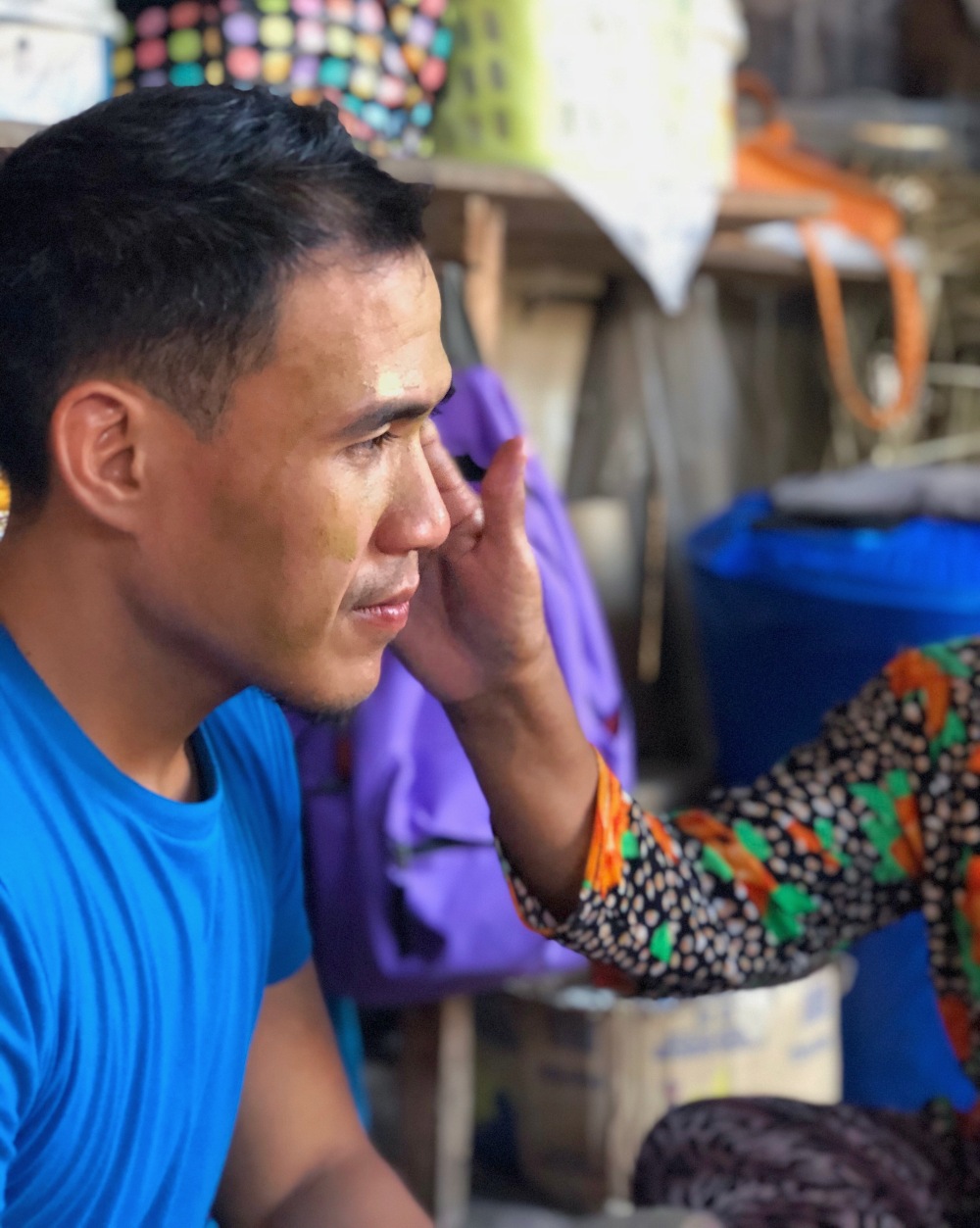
It’s a delight to learn that Badjaos are very friendly. As soon as we got to their place, friendly smiles readily greeted us.
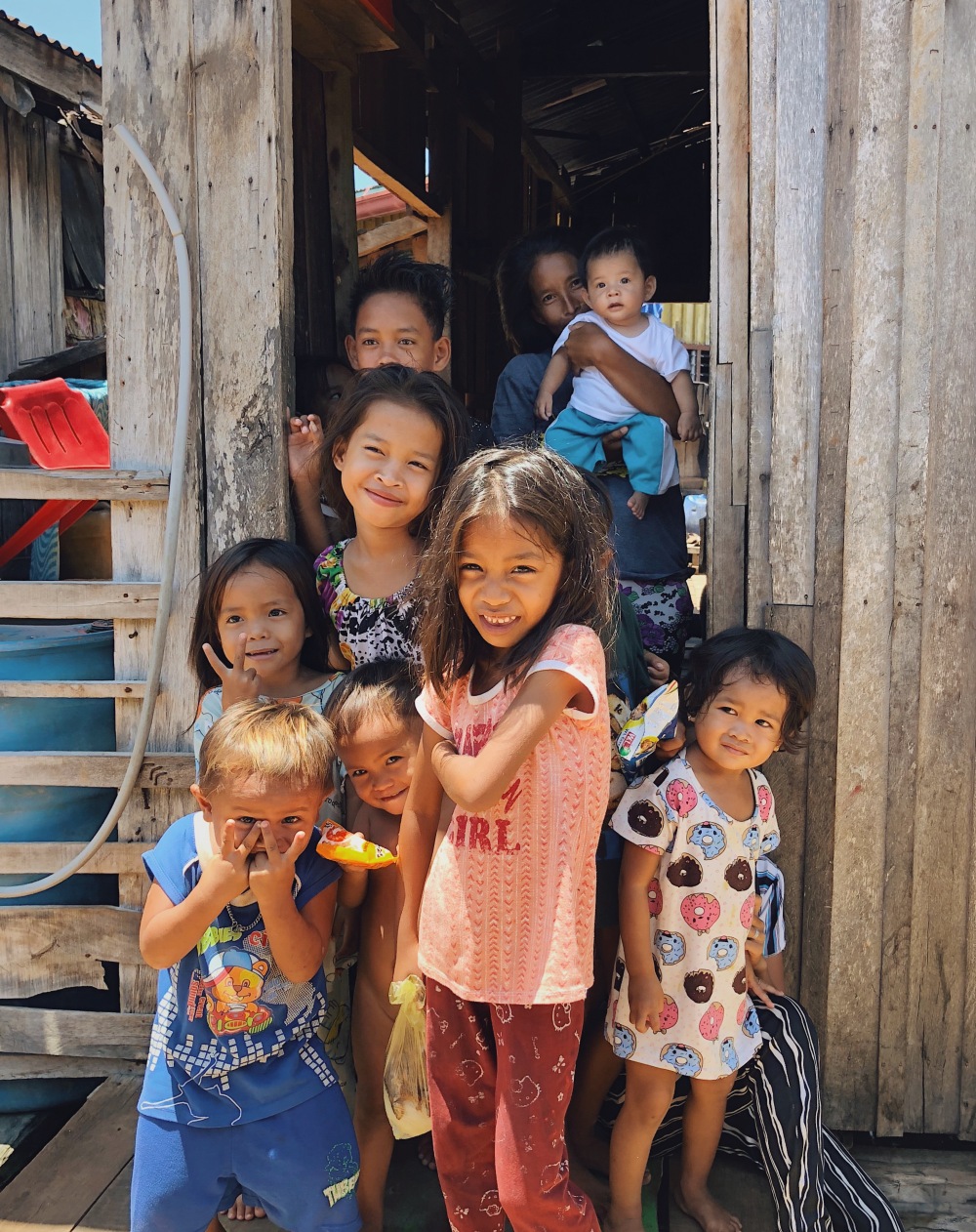
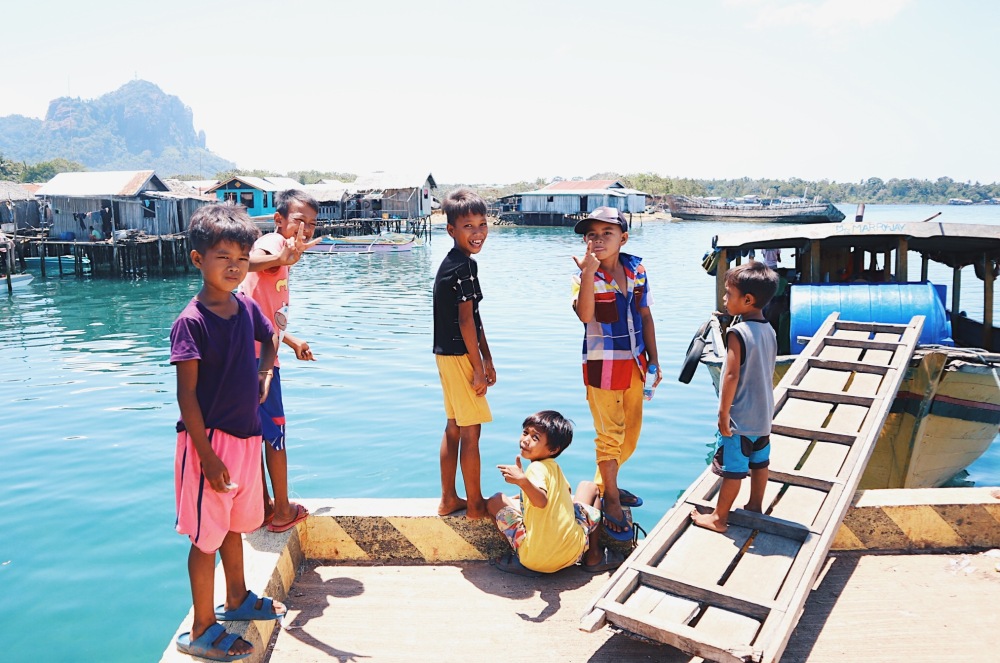
PROVINCIAL CAPITOL OF TAWI-TAWI
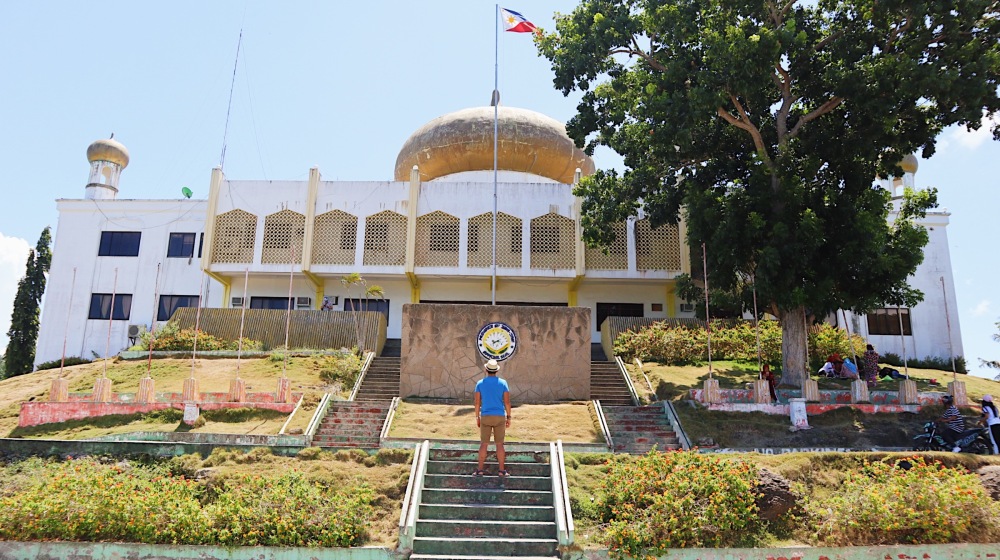
While it is under renovation (a friend commented, “Still?!”), Tawi-Tawi’s provincial capitol building is still a sight to behold. Channeling a mosque with its design of minaret (huge golden dome) at the center and two cupolas at the side, the capitol attracts not only visitors but also locals who want to study, exercise or just hang out around the capitol grounds. When we visited, college students were present practicing what might be a school project.
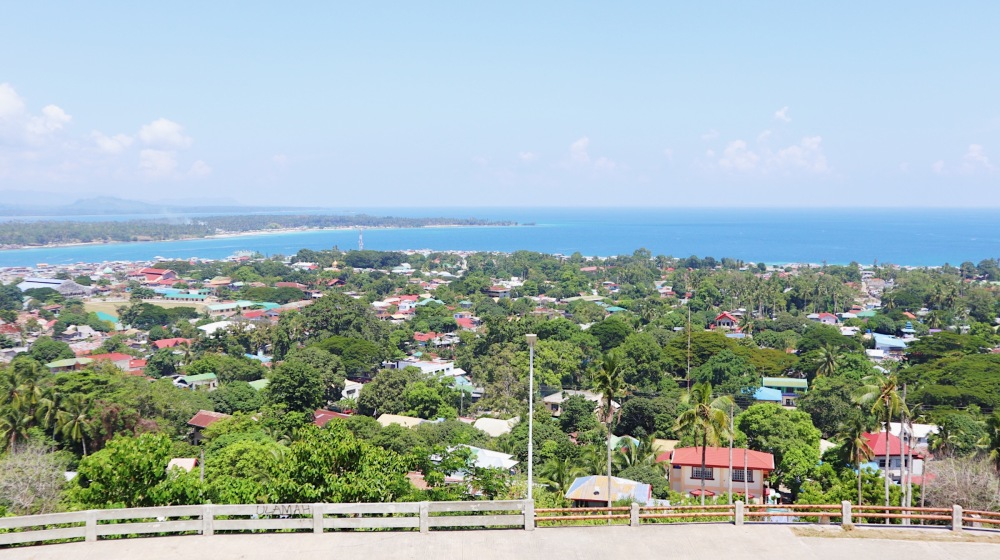
The imposing Moorish-inspired structure on top of the hill overlooks the bay, the town center of Bongao as well as the islets of Tawi-Tawi against the backdrop of Mount Kabugan and Bud Bongao.
MINDANAO STATE UNIVERSITY (MSU) TAWI-TAWI’S MARINE SCIENCE MUSEUM
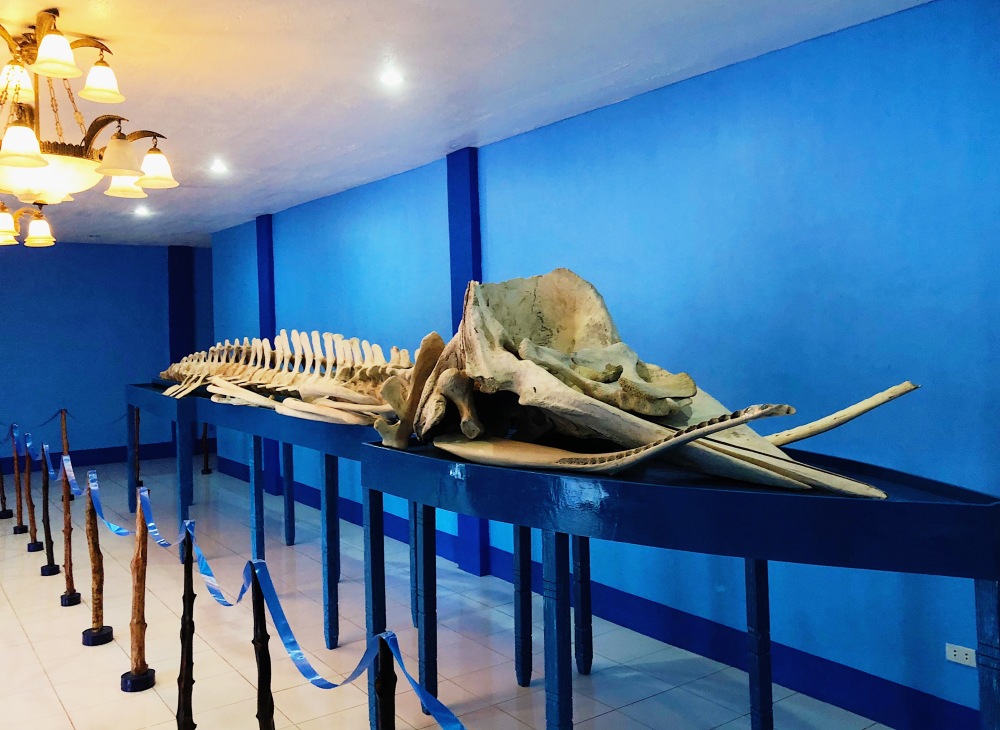
While the museum is still a work in progress, MSU’s Marine Science Museum houses a wide range of species of sea creatures, from giant clams to starfishes, that are found in the reefs of Tawi-Tawi. The highlight of the museum is the skeleton of a sperm whale, one of the largest sea creatures out there. This sperm whale, which measures 19 feet, was found floating by locals on the shores of Simunul on May 2018. The creature was donated to the MSU for research purposes.
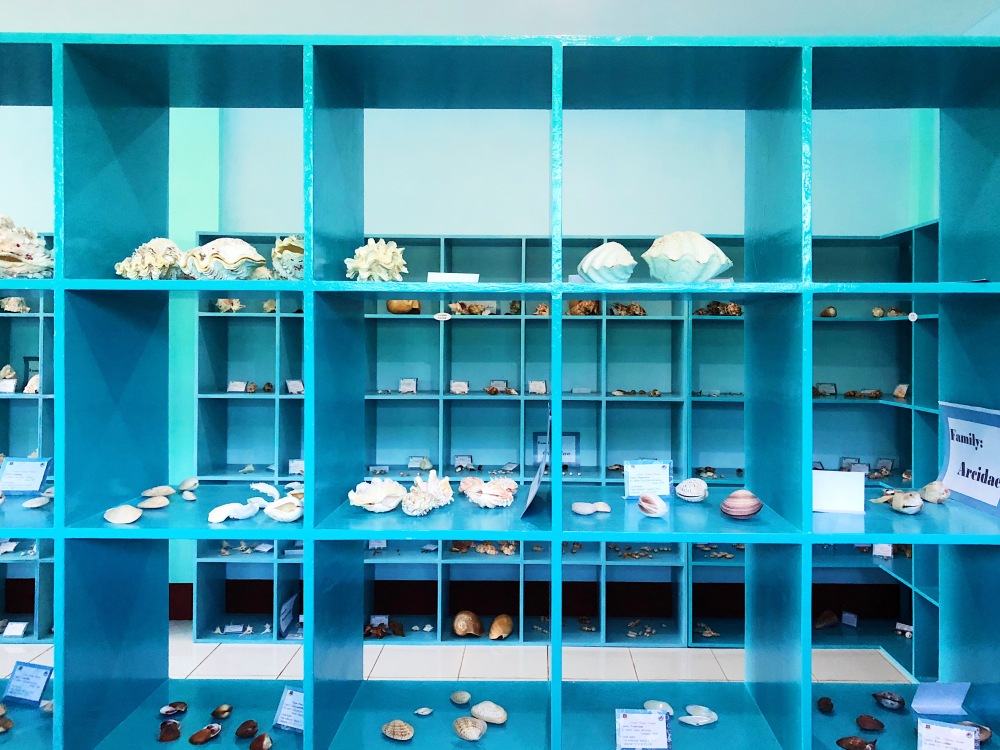
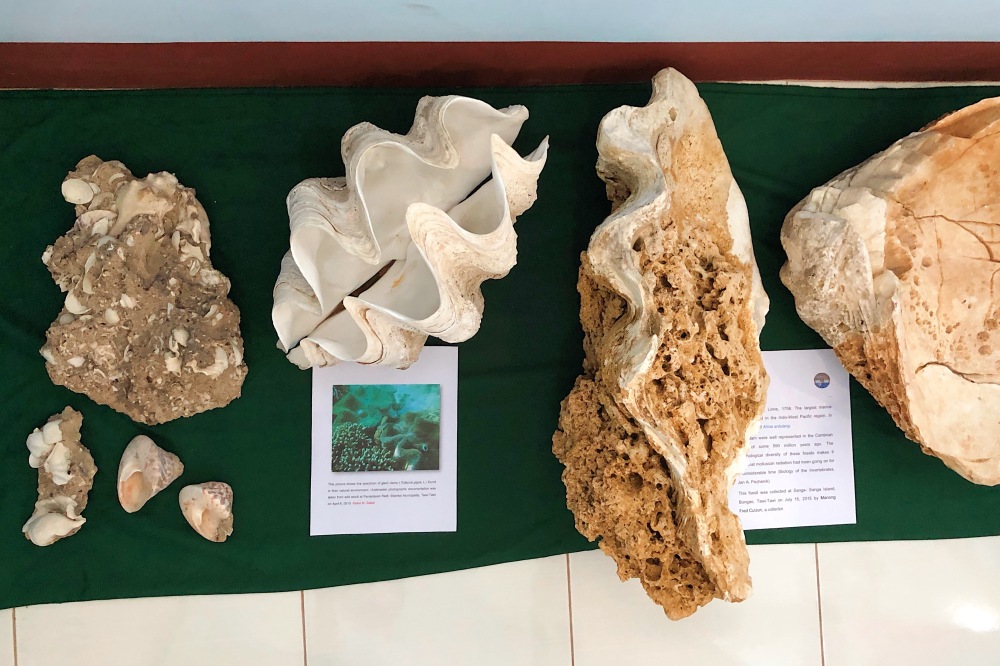
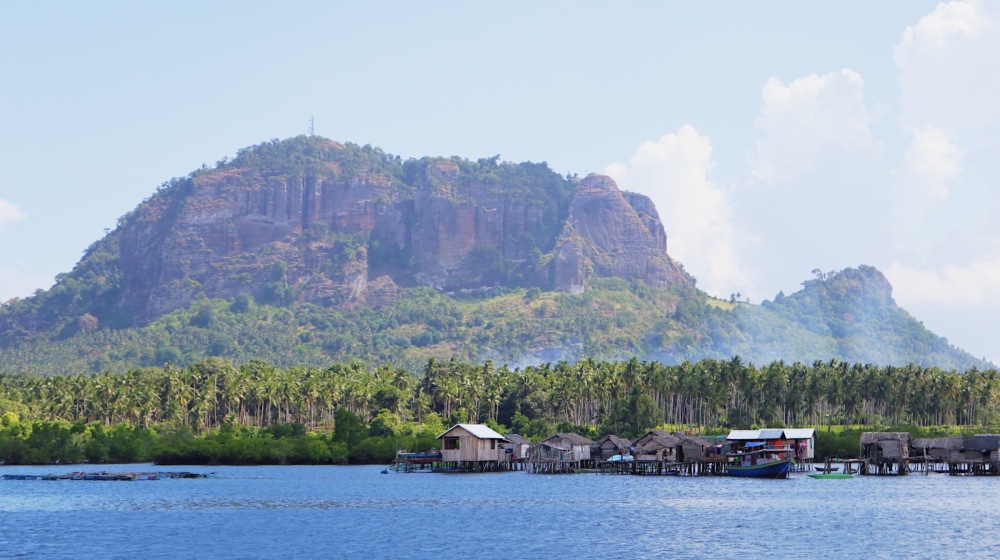
BOLOBOK CAVE
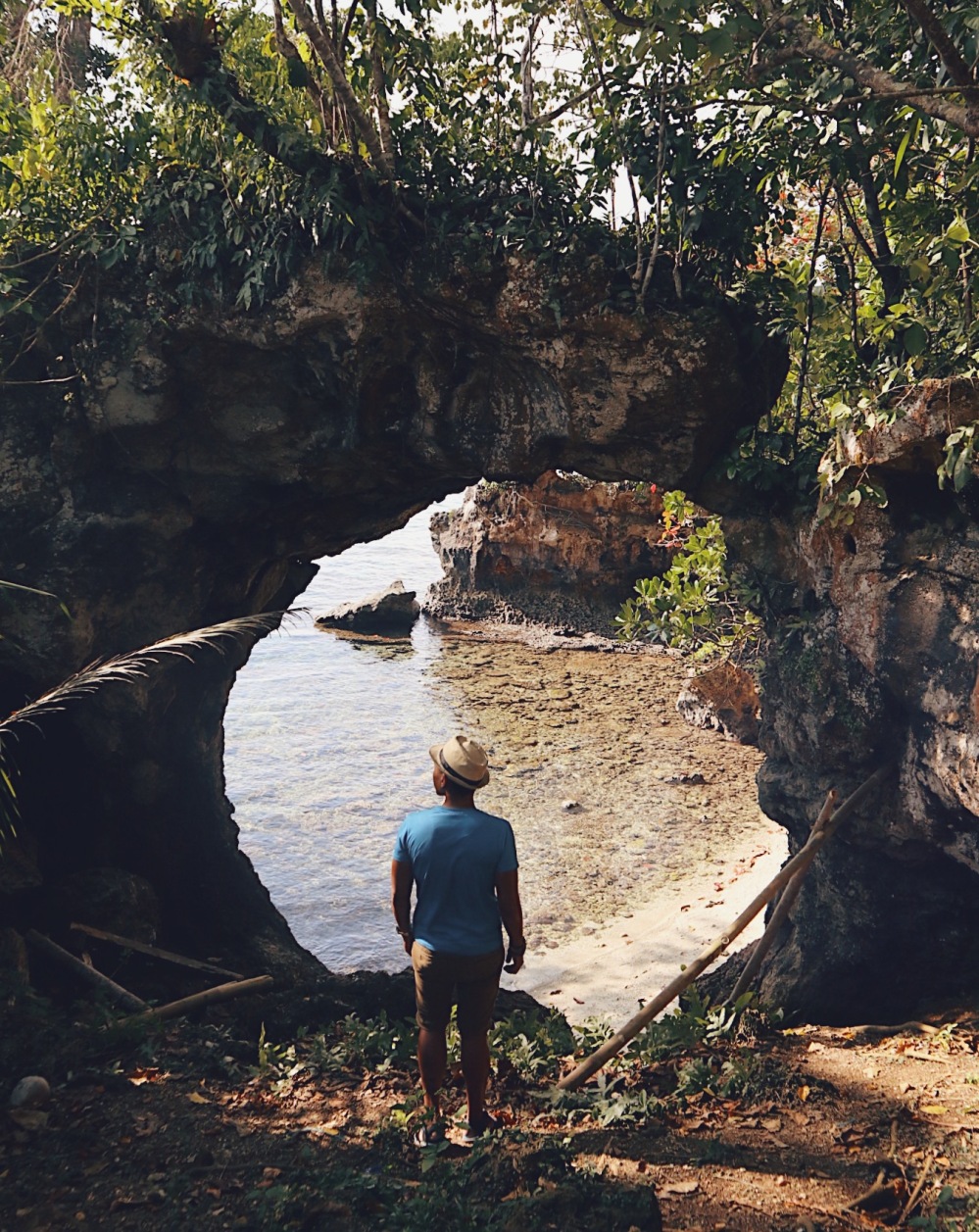
Also called Bolobok Rock Shelter Cave, this cave is a historical site in Bongao, Tawi-Tawi. It is said to house ancient artifacts and earthenware, which date back to thousands of years ago. This important discovery in the cave just goes to show that people have been residing in our islands even thousands of years ago!
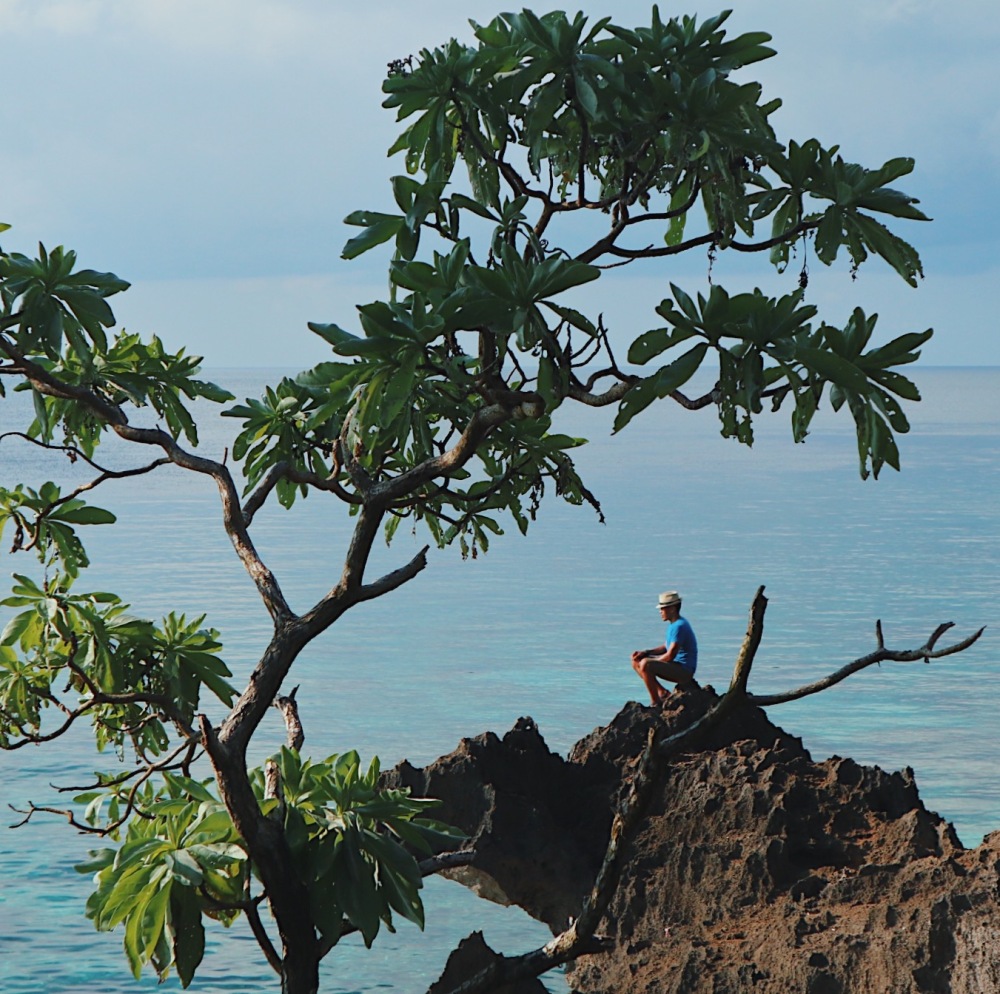
Near the cave are beautiful rock formations where the vast Celebes Sea can be seen. One can also decide to take a dive and swim on its waters, which are often enjoyed by locals.
BUD BONGAO
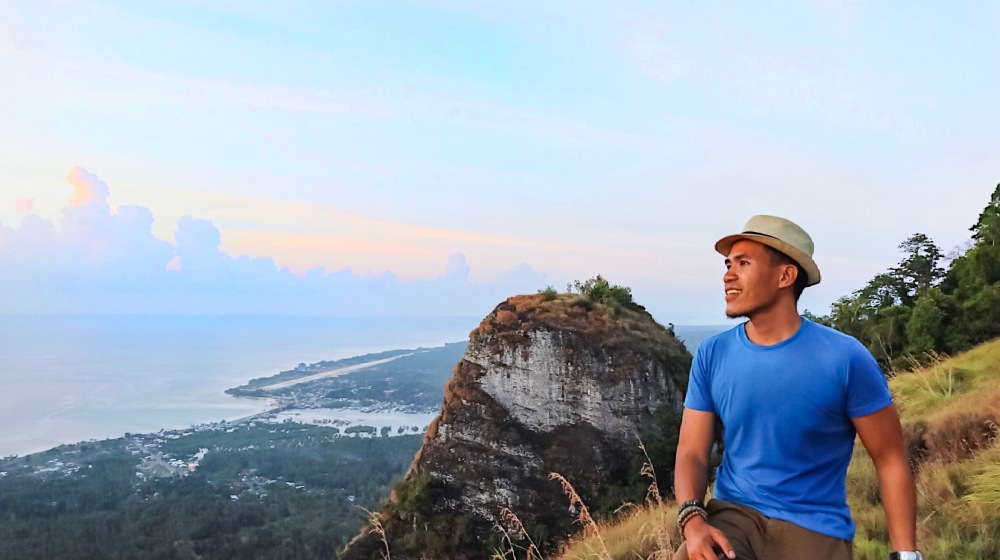
With a height of 342 meters above sea level (1,122 ft), Bud Bongao is the second highest mountain in Tawi-Tawi (only next to Mt. Sibangkat in the municipality of Languyan). A highly recommended place to go to when visiting the province, it is actually a pilgrimage site of the Sama people. Our guide said they have a belief that they have to climb the mountain and pray at least once a year, in order to avoid any misfortune. People all over the islands scale the mountain’s 1,890 steps to the top and pray in the tampat or burial shrines. It is said that the first followers of Sheik Karim-ul Makhdum, the Arab who first introduced Islam in the Philippines, were buried in one of Bud Bongao’s burial shrines.
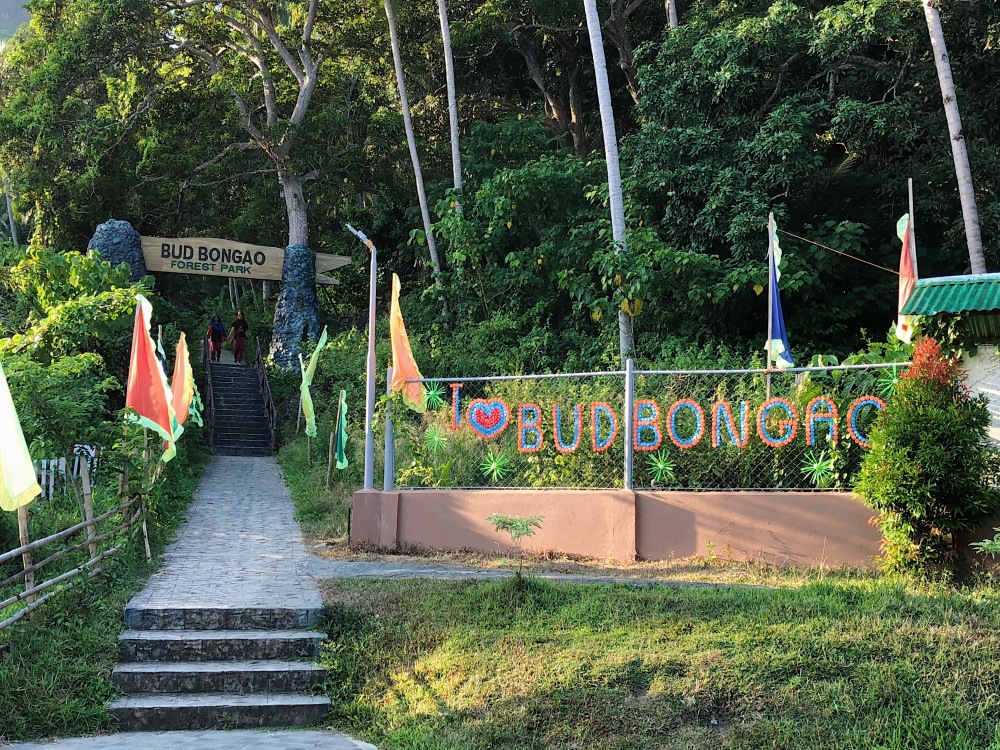
Bud Bongao got its name from the Sinama word “bud” that means “mountain,” which means its literal meaning is Mountain of Bongao. The mountain has six peaks: Bongao, Sibutu, Simunul, Tambisan, Tinondakan and Pajar. These peaks all serve as a viewpoint of the islands they were named after.
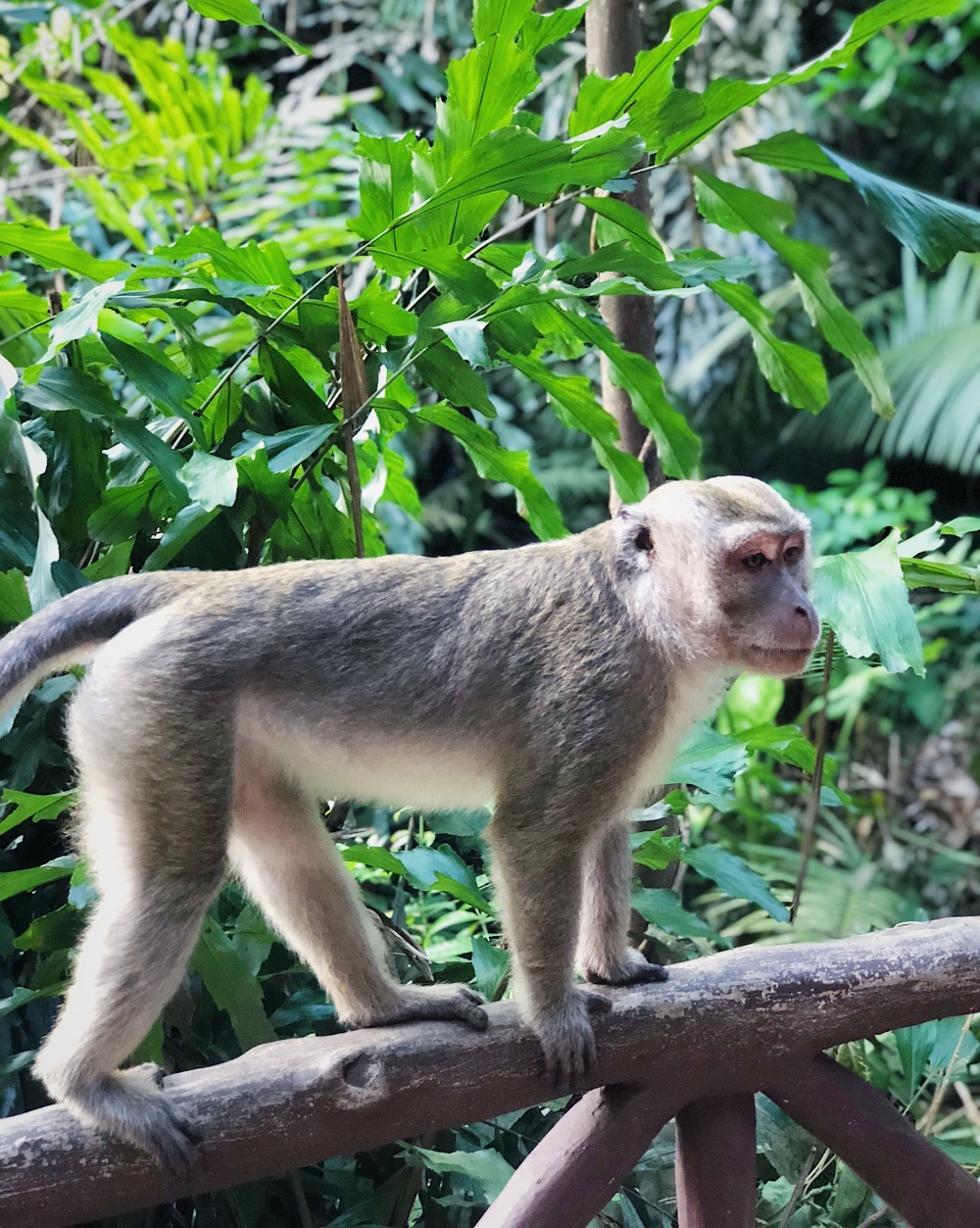
Being one of the last remaining moist forests in the Sulu archipelago, Bud Bongao is also considered a haven of biodiversity. It is home to some threatened species of animals and plants such as red dragonfly and monitor lizard, as well as pitogo and molave. The Philippine macaques, on the other hand, are often seen along the path towards the mountain’s peaks. When we visited during the late afternoon, there was one macaque that followed us on the trail halfway through our journey. When we were about to reach the top during sunset time, there were droves of macaques on the trail!
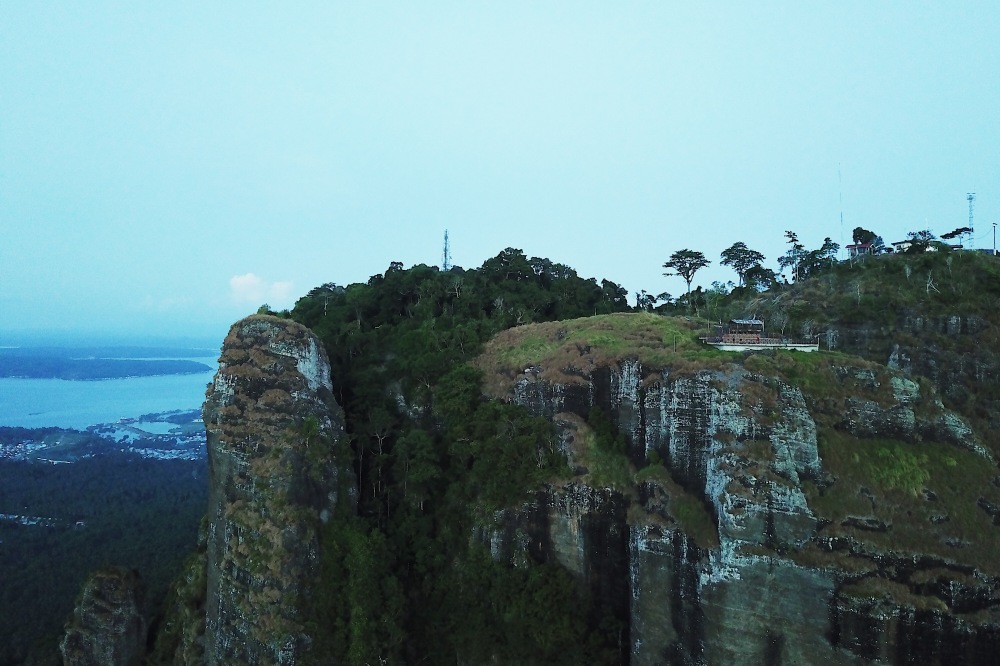
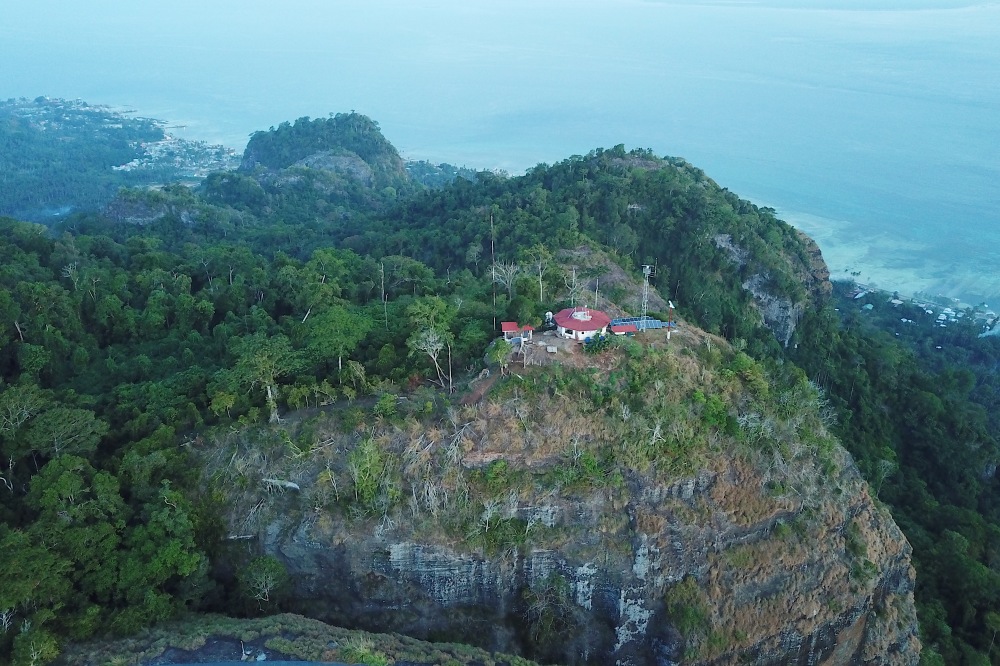
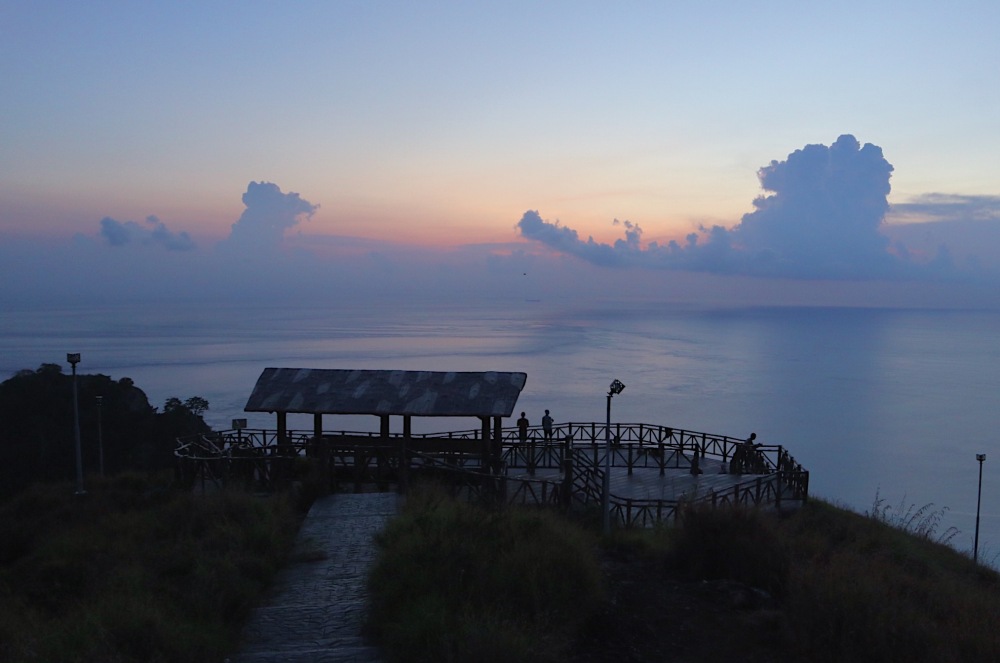
Aren’t those just enough reasons to go here? Bud Bongao is not to be missed when you’re here in Bongao!
WHO TO CONTACT:
- Sir Wadz, our travel guide – 0926-8752346 | Tell Sir Wadz how many days you will be in Tawi-Tawi so he can give you a plan on where to travel during your stay. Conversely, you can also tell him what you aim to explore when you go to Tawi-Tawi and he would tell you if it’s feasible or not.
- Miss Fatima, from tourism office – 0977-2027107
WHERE TO STAY:
There are numerous homestays and hostels in Bongao, but we considered three things before checking in to one: it should be budget-friendly, relatively near the town proper and accessible to cellular signal. Our guide led us to Beachside Inn Hotel and Restaurant. We are a group of six (6), and the available rooms are good for 3 pax with an option for extra beds. The room costs P1,350 while one extra bed costs P180.
Beachside Inn Hotel and Restaurant
Address: Simandangit Bongao, 7500, Bongao Poblacion, Tawi-Tawi
Contact number: (068) 268-1346
EXPENSES IN BONGAO, TAWI-TAWI:
I won’t be detailing all our expenses during our whole day of exploring Bongao but I’ll be giving details of the most important aspects of this travel.
Accommodation- P1,350 per room (good for 3 pax), extra bed costs P180
Note: The hotel that we stayed in, Beachside Inn, has a restaurant which is a plus. They offer affordable meals throughout the day. However, they recommend for orders to be placed early.
Travel guide- P1,500 per day (for the whole group)
Note: Our guide, Kuya Wadz, travels with a motorcycle and he lets two passengers ride with him for free.
Transportation- P1,000 (tricycle)
Note: We needed one tricycle to accommodate four of us in the group during the whole travel in Bongao.
Entrance fee in MSU-Tawi-Tawi Marine Science Museum- There is no entrance fee here in the museum. However, donation is being recommended.
Entrance fee in Bud Bongao- P10 per pax
Note: An administrative building was built at the entry point of the trail towards Bud Bongao to welcome guests and provide an area to prepare for the climb. A nearby store is also located, where visitors can buy food and drinks for the climb. Bananas can also be bought here for the macaques in the mountain.
Food- This will actually depend on where you will be eating as well as for how many people. Food selections in Tawi-Tawi are affordable, though.
Note: Invite your guide and driver during meals.
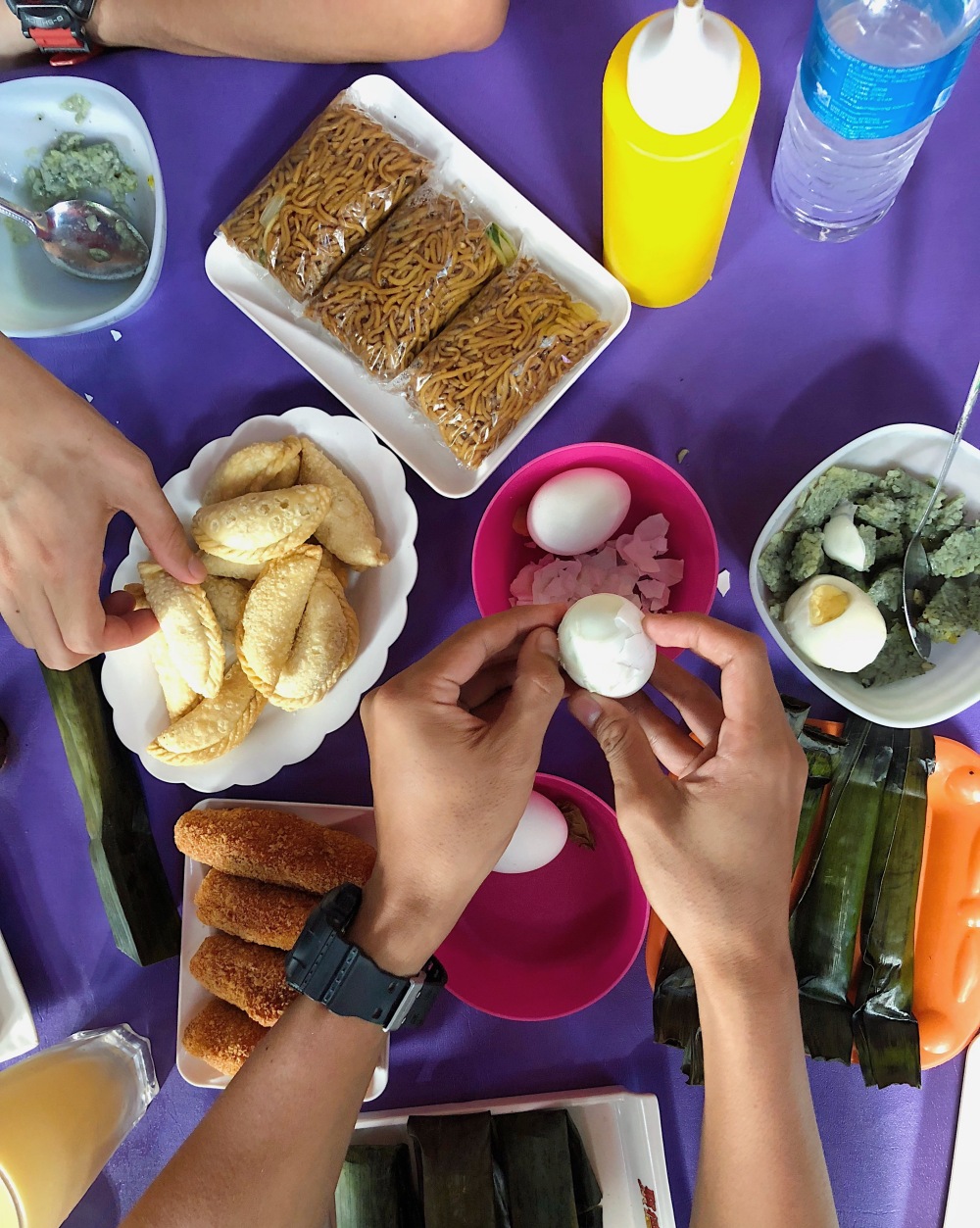
***
This ends the first part of my Tawi-Tawi adventure with my good friends. Watch out for my separate blogs about Simunul Island, the cradle of Islam in the Philippines, as well as the Panampangan Island, home to the country’s longest sandbar. If you have any comments, suggestions or recommendations, don’t hesitate to write them down below, guys!
